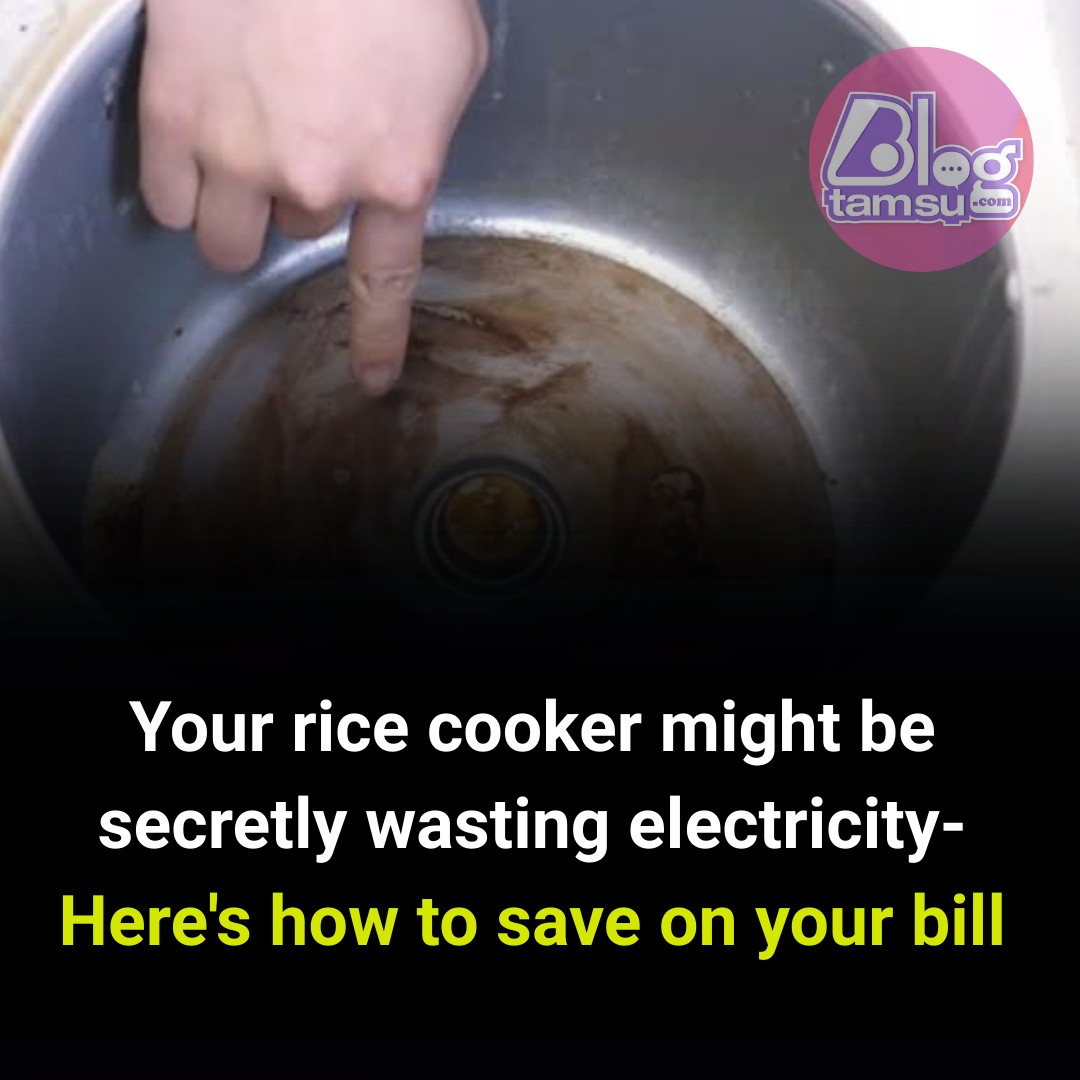
Rice cookers are a staple in many kitchens, offering convenience and perfectly cooked rice with minimal effort. However, what many users don’t realize is that these appliances can be silent energy guzzlers, especially when left in ‘keep warm’ mode for extended periods. Let’s delve into how rice cookers consume electricity and what you can do to minimize their impact on your energy bills.
Understanding Rice Cooker Energy Consumption
Cooking Mode:
When actively cooking, rice cookers typically consume between 300 to 1500 watts, depending on their size and model. For instance, a medium-sized rice cooker might use around 700 watts during the cooking process. If you cook rice for 30 minutes daily, this translates to:
- Daily Consumption: 700W × 0.5 hours = 0.35 kWh
- Monthly Consumption: 0.35 kWh × 30 days = 10.5 kWh
- Annual Consumption: 10.5 kWh × 12 months = 126 kWh
Keep Warm Mode:
After cooking, many rice cookers automatically switch to ‘keep warm’ mode, consuming significantly less power, typically between 30 to 50 watts. However, the extended duration can add up:
- 10 Hours in Keep Warm Mode: 50W × 10 hours = 0.5 kWh
- Monthly Consumption (10 hours daily): 0.5 kWh × 30 days = 15 kWh
- Annual Consumption: 15 kWh × 12 months = 180 kWh
As evident, the ‘keep warm’ function, while low in power, can lead to higher energy consumption over time if used excessively.
Real-World Implications
A study by the Energy Conservation Center in Japan highlighted that keeping rice warm for four hours consumes approximately 300.6 Wh of electricity. In contrast, reheating the same amount of rice in a microwave uses about 295.27 Wh. While the difference seems minimal, over a year, this can lead to noticeable energy savings and reduced wear on your rice cooker.
Tips to Reduce Energy Consumption
- Limit ‘Keep Warm’ Duration: Only use the ‘keep warm’ function when necessary. If you know you’ll be eating the rice later, consider turning off the cooker and reheating the rice when needed.
- Use a Timer: Some modern rice cookers come with timers that allow you to schedule cooking times, ensuring rice is ready when you need it without prolonged warming periods.
- Cook Appropriate Quantities: Avoid cooking more rice than needed. Excess rice often leads to longer ‘keep warm’ times or waste.
- Store Leftovers Properly: Instead of keeping rice warm for extended periods, store leftovers in the refrigerator and reheat them using energy-efficient methods.
- Choose Energy-Efficient Models: When purchasing a rice cooker, look for models with energy-saving features or certifications.
Conclusion
While rice cookers offer unmatched convenience, being mindful of their energy consumption, especially during ‘keep warm’ mode, can lead to significant savings over time. By adopting energy-efficient practices and choosing the right appliances, you can enjoy your favorite rice dishes while keeping your electricity bills in check.



